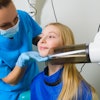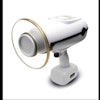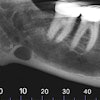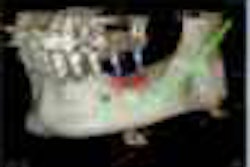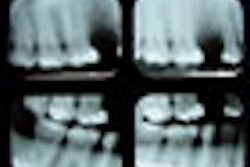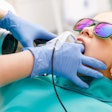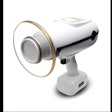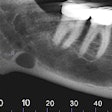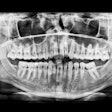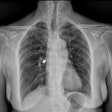Cone-beam CT has become a routine imaging modality in orthodontics, but there are concerns that its use exposes patients to significantly higher levels of radiation than 2D digital radiography.
Researchers from the University of Minnesota School of Dentistry compared the amounts of radiation a patient absorbs during orthodontic imaging with a cone-beam CT system and a digital x-ray machine (American Journal of Orthodontics and Dentofacial Orthopedics, April 2012, Vol. 141:4, PP. 436-443).
The researchers recorded radiation exposures from an i-CAT (Imaging Sciences International) at various scan settings and an orthopantomograph OP100/OC100 digital x-ray machine (Instrumentarium Dental) using thermoluminescent dosimeters placed inside a head and neck phantom.
The manufacturer-recommended settings for an average adult male were used for both types of machines. Effective doses were calculated using the tissue-weighting factors recommended by the 2007 International Commission on Radiological Protection.
The effective doses at various voxel sizes and field-of-view (FOV) settings ranged from 64.7 to 69.2 µSv for standard resolution cone-beam CT scans (scan time 8.9 seconds) and 127.3 to 131.3 µSv for high resolution full FOV scans (scan time 17.8 seconds). The effective doses for digital panoramic and lateral cephalometric radiographs measured 21.5 and 4.5 µSv, respectively.
